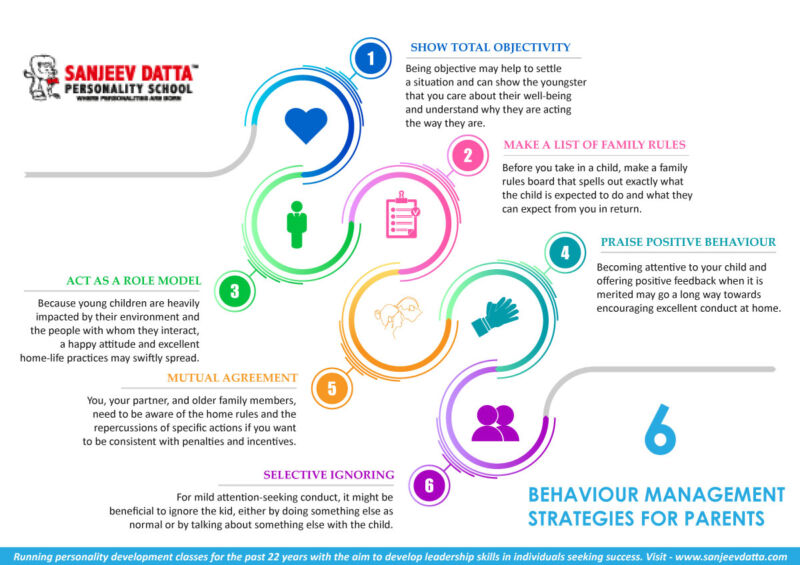Unlocking meaningful connections with children requires insight, patience, and proven techniques. Whether you’re a parent, educator, or caregiver, mastering ways to understand kids deepens relationships and fosters healthy development. This article presents evidence‑based approaches—from active listening to play‑based observation—interwoven with interactive exercises, ensuring you can put each idea into practice today.
1. Active Listening and Empathy
Effective communication with children begins by truly hearing them. Active listening validates a child’s feelings, strengthening your bond and building their self‑esteem.
- Pause and Focus: Set aside distractions—put down devices and kneel to their eye level—to show you value what they share .
- Reflect Feelings: If a child says, “I’m sad my friend moved away,” respond, “It sounds like you miss playing together,” which helps them label emotions and feel understood .
- Avoid Judging: Offer empathy rather than immediate advice: “That sounds tough” rather than “Don’t worry about it.” This encourages openness.
Interactive Prompt: Next time your child speaks about their day, reflect back their emotion before offering solutions.

2. Observing Play and Behavior
Children often communicate best through play. Structured observation offers windows into their thoughts, fears, and strengths.
- Notice Recurring Themes: A child who builds tall towers then knocks them down may be exploring control and change .
- Compare Solo vs. Group Play: Differences can reveal social confidence or anxiety—someone who flourishes alone may hesitate in groups, signaling where support is needed .
- Document Insights: Keep a simple log of behaviors and contexts to detect patterns over time.
Interactive Prompt: Spend 10 minutes today quietly watching your child’s play and jot one insight in a notebook.
3. Applying Developmental Theories
3.1 Role‑Taking and Perspective
- Robert Selman’s stages of role‑taking describe how children learn to see others’ viewpoints, a key step in empathy .
- Encourage Role‑Play: Invite them to “be the teacher” or “be the doctor,” then ask how the other “feels.”
- Discuss Real Scenarios: After a playground disagreement, ask, “How did Alex feel when you took his ball?” to foster perspective‑taking.
3.2 Temperament Awareness
- Recognizing a child’s temperament—whether easygoing, brisk to warm up, or slow to adapt—helps you tailor your approach .
- Identify Triggers: Note what reliably distresses them and introduce changes gradually.
- Balance Structure and Flexibility: Respect their pace—high‑energy kids may need more activity breaks, while cautious ones need extra reassurance.

4. Clear, Respectful Communication
Children grasp more when you speak transparently and kindly.
Use Simple Explanations: “We wash dishes now so the bugs don’t come” ties action to outcome.
Offer Choices: “Do you want to brush teeth first or put on pajamas first?” promotes autonomy and cooperation .
Avoid Labels: Instead of “You’re always messy,” say “Let’s work together to keep toys in their place” to focus on solutions.
Interactive Prompt: Tomorrow evening, offer two reasonable options for one task and observe how your child responds. Ready to boost your child’s confidence and communication? Enroll now in our personality development classes to watch them shine in and out of the classroom.
5. Creating Safe, Supportive Environments
Consistency and trust empower children to explore and express themselves.
- Establish Routines: Regular wake‑up, meals, and bedtime reduce anxiety by setting clear expectations .
- Designate “Calm Corners”: A cozy nook with books or soft toys gives them a retreat when feelings overwhelm.
- Encourage Independence: Age‑appropriate chores build competence and ownership—“Can you put your shoes here?” fosters pride.
Visit: collaborative problem solving for kids
6. Play‑Based Techniques
Integrating therapeutic play strategies deepens understanding and healing.
- Sandtray Storytelling: Children project emotions into creative scenes; you learn their inner concerns without direct questioning .
- Art Expression: Drawing feelings can reveal worries they can’t yet verbalize. Ask, “Can you tell me about your picture?”
- Puppet Dialogues: Puppets create emotional distance, making it easier to discuss tough topics indirectly.
Interactive Prompt: Offer paper and colors today, then ask, “What’s happening in your drawing?” to spark dialogue.

7. Scaffolding within the Zone of Proximal Development
Vygotsky’s ZPD highlights the learning zone where challenge meets support .
- Break Tasks into Steps: Guide them through one step at a time until they can perform it independently.
- Praise Effort: “You tried three different ways to tie your shoelaces—you didn’t give up!” reinforces perseverance. Give your child the tools for lifelong success—join our interactive program for personality development of kids today and ignite their creativity, resilience, and self‑esteem!

8. Fostering Emotional Intelligence
Emotionally intelligent children navigate life’s challenges more effectively.
- Name Emotions Together: Use feeling charts or cards to build their emotional vocabulary.
- Teach Self‑Regulation: Practice deep breathing or counting to five when upset.
- Problem‑Solve Jointly: After calm returns, brainstorm “next time” strategies to empower proactive coping.
9. Collaborating with Caregivers and Community
A team approach ensures well‑rounded support.
- Share Observations: Regularly update teachers on home behaviors and vice versa to maintain consistency.
- Engage in Group Activities: Classes, sports, and playgroups help you see your child in varied social settings.
- Join Parent Networks: Exchanging ideas with other caregivers offers fresh insights and mutual encouragement.
Visit: social competence for kids
Conclusion
Implementing these ways to understand kids—from active listening to play‑based observation, temperament awareness to developmental scaffolding—builds deeper connections and nurtures confident, emotionally healthy children. Each strategy invites you to engage thoughtfully, observe keenly, and respond empathetically, transforming everyday moments into opportunities for growth and understanding.

